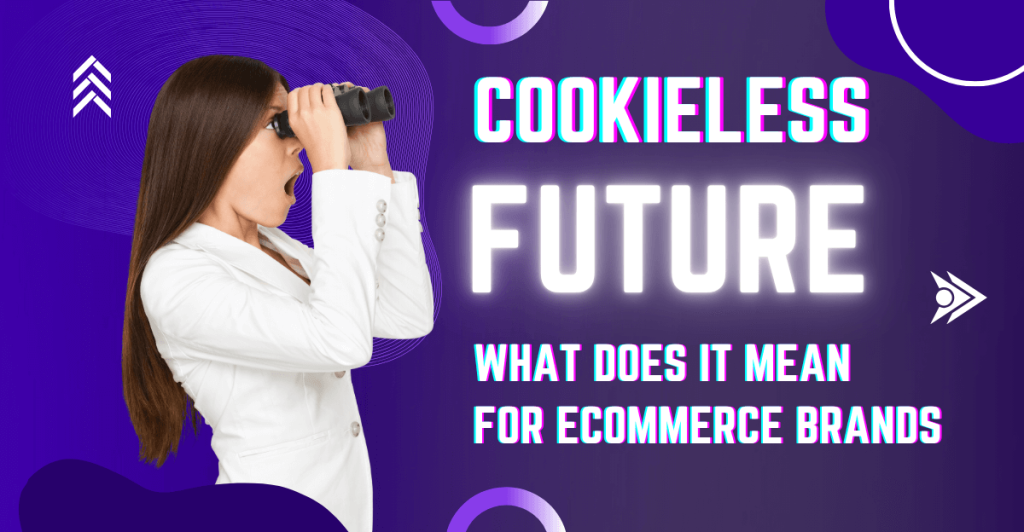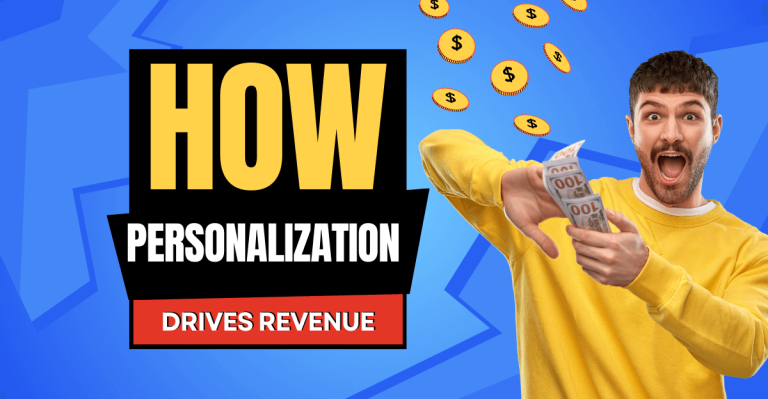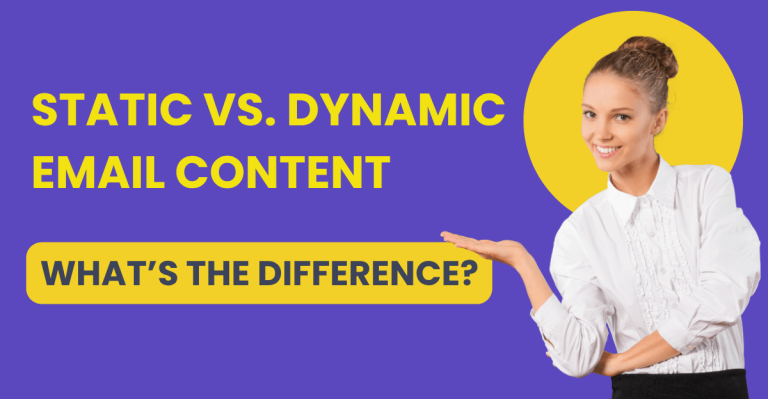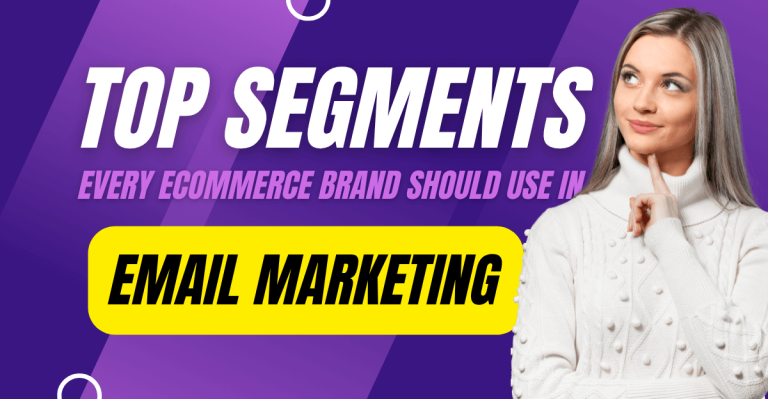What Does a Cookieless Future Mean for Ecommerce Brands?
The Death of Third-Party Cookies: What’s Really Happening
Major browsers like Chrome, Safari, and Firefox are phasing out third-party cookies. This move, driven by privacy concerns and regulatory pressure, spells the end of traditional ad retargeting as we know it.
As of April 2025, Google canceled its planned phase-out of third-party cookies in Chrome. Instead, Chrome continues to allow users to manage cookies via the browser’s existing privacy settings, and no new cookie-blocking will be forced by default. But it seem inevitable that at some point this will happen.
Firefox has already blocked third-party cookies by default for all users since around 2019, as part of its Enhanced Tracking Protection
Safari has implemented Intelligent Tracking Prevention (ITP) since 2017, effectively blocking third-party cookies—and even aggressively expiring first-party cookies after inactivity.
While Safari and Firefox already block third-party cookies, Chrome continues to support them. So a full phase-out across all browsers has not happened.
That said, privacy expectations are rising, and marketers are shifting toward first- and zero-party data strategies as industry best practices for future resilience, irrespective of Chrome’s policy
Why It Matters for Ecommerce:
Cookies have long powered your retargeting ads—reminding shoppers of abandoned carts, favorite products, and tempting offers. Without them, ecommerce brands risk losing a critical method of customer re-engagement.
What You Can Do:
- Audit all your current retargeting campaigns. Identify those heavily reliant on third-party data.
- Shift focus from renting audiences (via ads) to owning relationships (via email and SMS).
Rising Consumer Demand for Privacy, Transparency, and Control
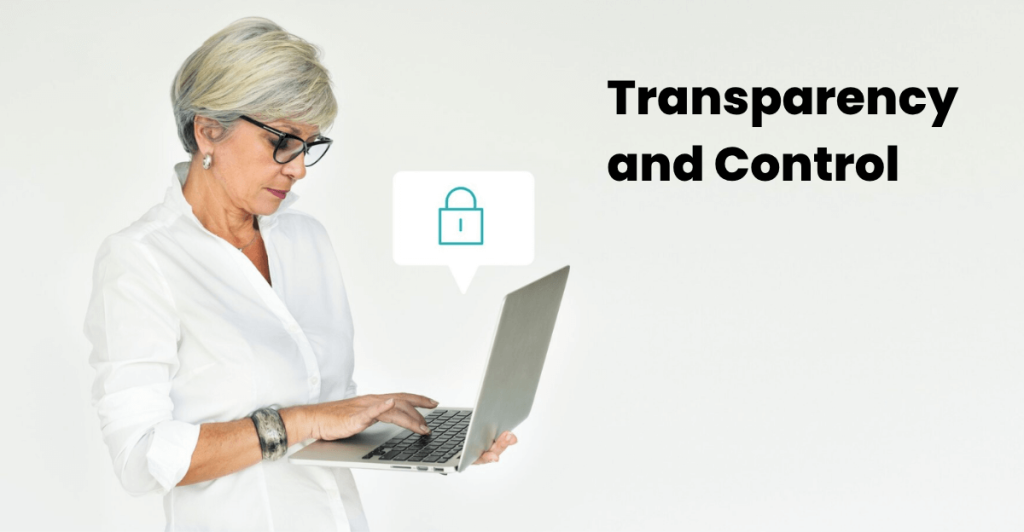
Consumers are becoming increasingly aware—and wary—of how their data is used. They now expect brands to be transparent, ethical, and consent-first in their marketing practices.
Implications for Ecommerce:
Failing to meet these expectations could lead to customer churn, poor engagement, and even regulatory fines. Apple and Google’s updates reflect a broader cultural shift, not just a tech update.
Action Steps:
- Ensure your privacy policy is easily accessible and written in plain English.
- Use double opt-ins and allow users to easily update their preferences.
Key Challenges Ecommerce Brands Will Face in a Cookieless World
1. Ad Retargeting Will Become Less Effective
Without cookies, it’s nearly impossible to track users across different sites. This means:
- No more following browsers who bounce from your site.
- Reduced opportunities to serve reminder ads for viewed or abandoned products.
What to Do Instead:
Implement a solid email welcome series to engage new visitors immediately after signup—before they disappear.
2. Attribution Will Be Murky
If you can’t track which channel led to a conversion, you’ll struggle to measure ROI and scale your campaigns.
How to Fix It:
Use first-party and zero-party data tools (like post-purchase surveys) to ask customers where they found you. Tools like Fairing can make this seamless.
3. Ad Platforms Will Deliver Lower ROI
Without tracking data, platforms like Google and Meta will show less relevant ads, driving up your costs and dropping returns.
Smart Move:
Reallocate some ad budget to build owned channels like email, SMS, and push—not just clicks.
Why Email Marketing Is the Ultimate Cookieless Solution
Email is powered by first- and zero-party data, meaning you own the information and the relationship. You’re not dependent on third-party cookies—or tech giants.
Email Is Built on Trustworthy Data
You collect emails voluntarily, and you can enhance your targeting using:
- Purchase history
- Browsing behavior on your site
- Quiz and survey responses
Ecommerce Tip:
Start gathering this data today using tools like Octane AI or post-purchase surveys with Typeform to improve segmentation from day one. Typeform can integrate with Klaviyo and enrich your profiles data, empowering you for even better personalization and (re)targeting.
You Own the Customer Journey
Once someone opts in, you don’t need to pay Meta or Google every time you want to reach them. You control the timing, message, and experience.
Email Marketing Tip for Ecommerce Brands:
Create multi-step flows for new subscribers, past buyers, and loyal customers—so you’re always top-of-mind without ad spend.
Email Supports Every Stage of the Funnel
From awareness to loyalty, email can:
- Educate new subscribers
- Cross-sell relevant products
- Build long-term loyalty
- Collect feedback and UGC
Email Marketing Tip for Ecommerce BrandsBuild automation sequences that address different customer stages—from welcome emails to VIP offers.
How to Future-Proof Your Ecommerce Brand with Email
1. Accelerate List Growth with Value Exchanges
Incentivize opt-ins with:
- First-time purchase discounts
- Style or product quizzes
- Loyalty points or early access perks
- Free shipping or downloadable guides
Email Marketing Tip for Ecommerce BrandsTest multiple lead magnets to see which drives the highest quality email signups.
2. Use Preference Centers to Personalize Experiences
Preference centers let customers control:
- What content they receive
- How often they hear from you
- Preferred communication channels (email, SMS, push)
Email Marketing Tip for Ecommerce BrandsUse Klaviyo’s preference center to ask users what they like and send segmented campaigns accordingly.
3. Collect Zero-Party Data with Quizzes, Surveys, and CTAs
Instead of tracking users, ask them. Tools like Octane AI help you gather:
- Style or skincare preferences
- Gift intentions
- Budget or sizing
Email Marketing Tip for Ecommerce BrandsRun seasonal quizzes (like “Find your summer style”) to collect zero-party data while engaging your audience.
Email Flows That Replace Retargeting Ads
| Flow | Purpose |
|---|---|
| Welcome Series | Replace cold ad campaigns |
| Abandoned Cart | Capture lost sales without Facebook or Google ads |
| Browse Recovery | Follow up on sessions without cookies via Klaviyo |
| Post-Purchase | Boost loyalty and UGC after a sale |
| Re-Engagement | Wake up cold leads without ad budget |
Email Marketing Tip for Ecommerce BrandsSet up each of these flows using behavior triggers and segmentation to simulate the precision of retargeting.
Email + Zero-Party Data = Your Competitive Advantage
Better Segmentation Means Better Conversions
Use quiz data, past purchases, and expressed preferences to send personalized messages like:
- “We picked this based on your dry skin.”
- “As a Gold Member, enjoy early access.”
Leverage User-Generated Content and Loyalty Data
Showcase:
- Customer photos
- Influencer testimonials
- Loyalty tier benefits
Email Marketing Tip for Ecommerce BrandsInclude these elements in both email and SMS for a consistent, high-converting experience.
Tools to Bridge the Cookie Gap
| Tool | Role |
|---|---|
| Klaviyo | Smart flows, predictive analytics, multi-channel automation |
| Octane AI | Quizzes for zero-party data collection |
| Fairing/Enquire | Post-purchase surveys for attribution clarity |
| Postscript | SMS for high engagement messaging |
| OneSignal | Push notifications to re-engage users |
Email Marketing Tip for Ecommerce BrandsStack these tools to create a fully owned, omnichannel strategy that’s resilient to change.
FAQs: Email in a Cookieless Marketing World
1. Can email really replace retargeting ads?
Yes. With smart automations and personalized data, email can drive similar or better results—at a lower cost.
2. What’s the difference between first-party and zero-party data?
First-party: behavior on your site.
Zero-party: data customers willingly give (like quiz answers).
3. How can I get started collecting zero-party data?
Use on-site quizzes, surveys after purchases, and interactive CTAs in your emails.
4. Is Klaviyo ready for a cookieless future?
Yes—Klaviyo supports both behavior tracking and zero-party data, giving you powerful targeting options.
5. Should I still use paid ads in 2026?
Yes—but prioritize growing your email/SMS list from those ads, not just short-term conversions.
Final Thoughts: Own Your Audience in a Cookieless Future
Third-party cookies are going away, but your business doesn’t have to suffer. Ecommerce brands that embrace email, zero-party data, and customer-first strategies will thrive—even in a more private, regulated digital world.
Need Help Future-Proofing Your Email Strategy?
At The Mail Effect, we specialize in building smart, sustainable, and scalable email systems for ecommerce brands. Let’s help you unlock growth in a cookieless future—one inbox at a time.

